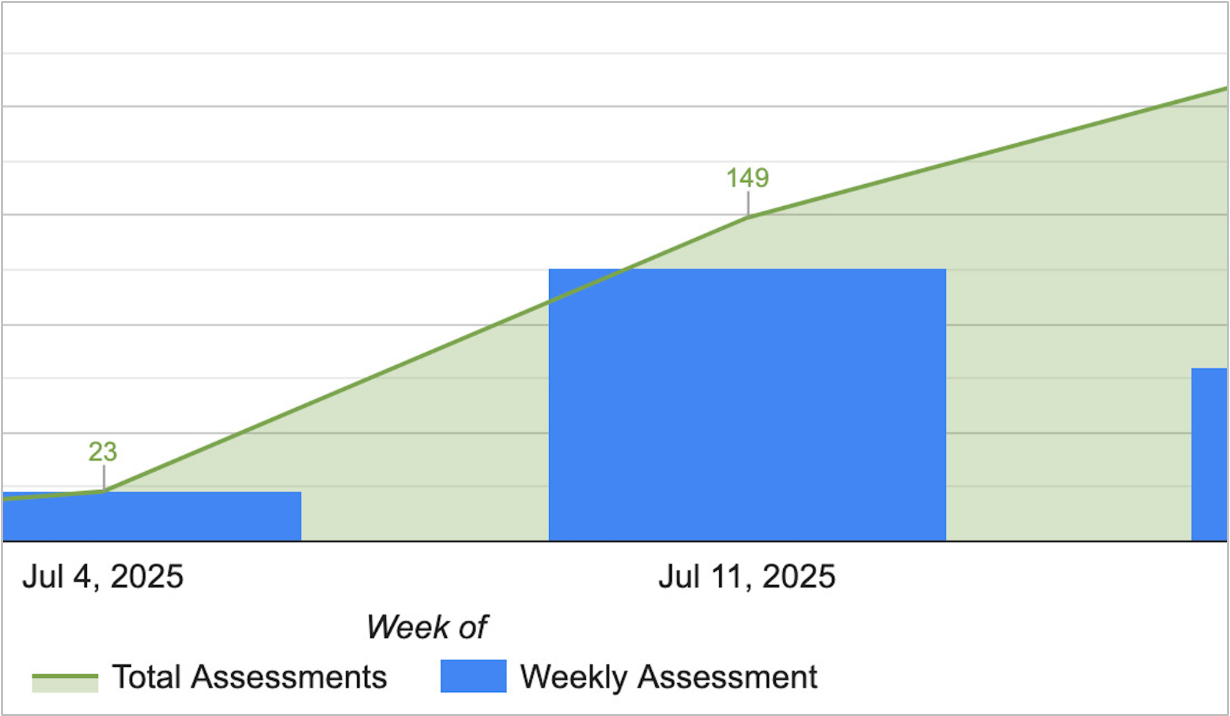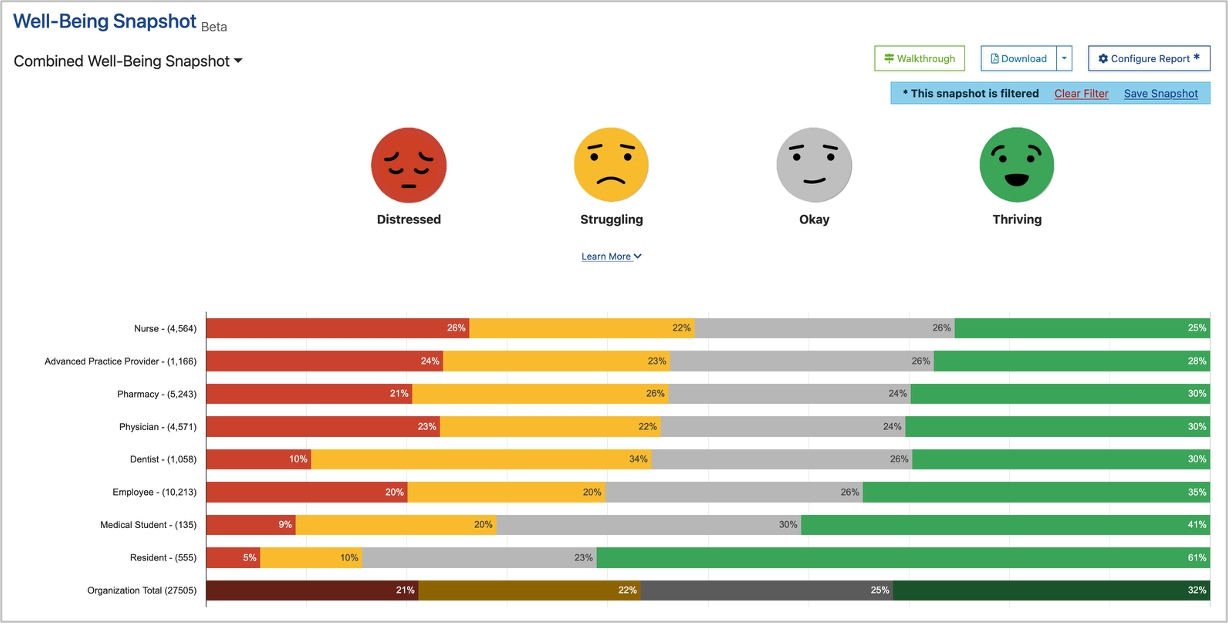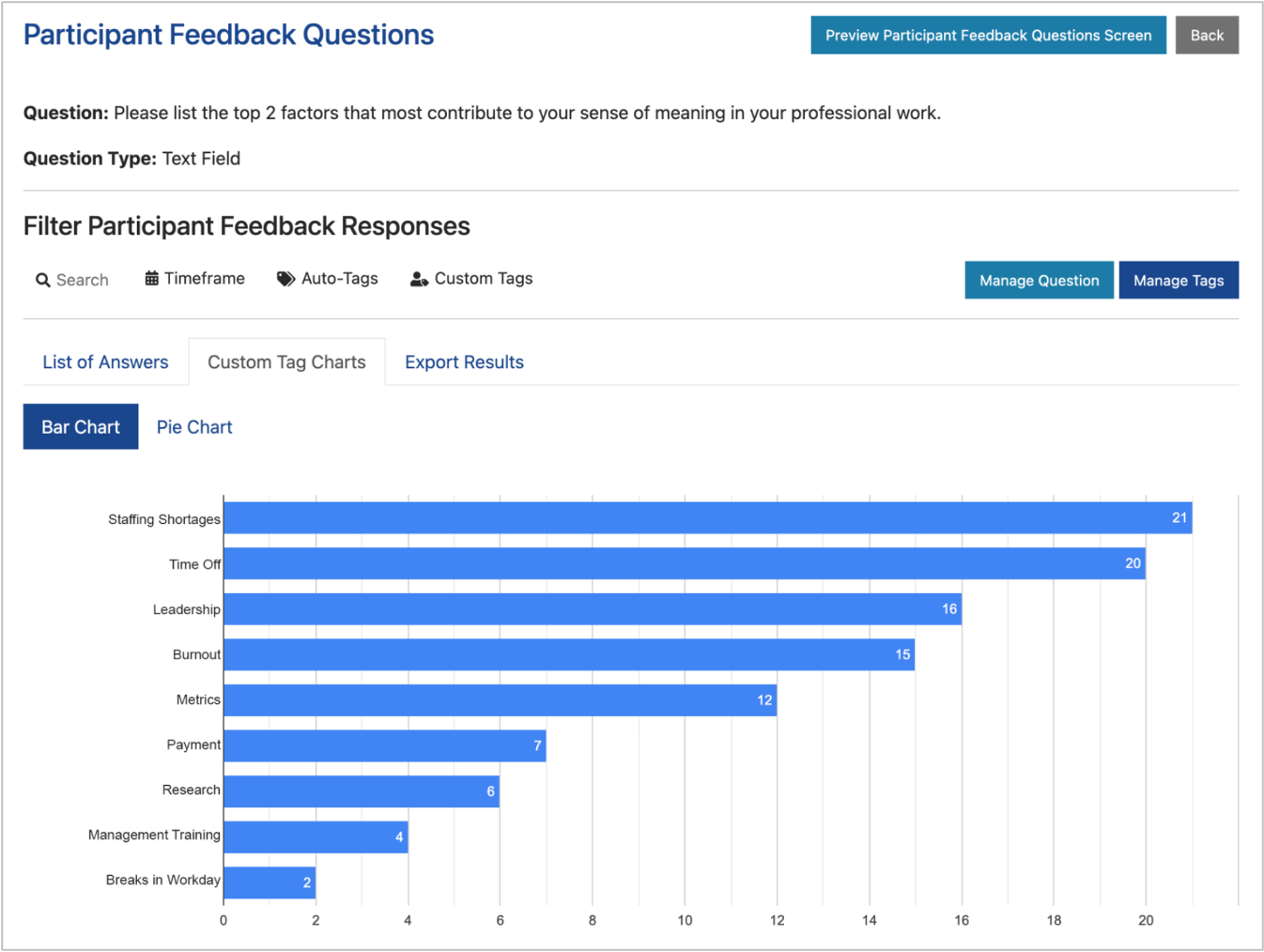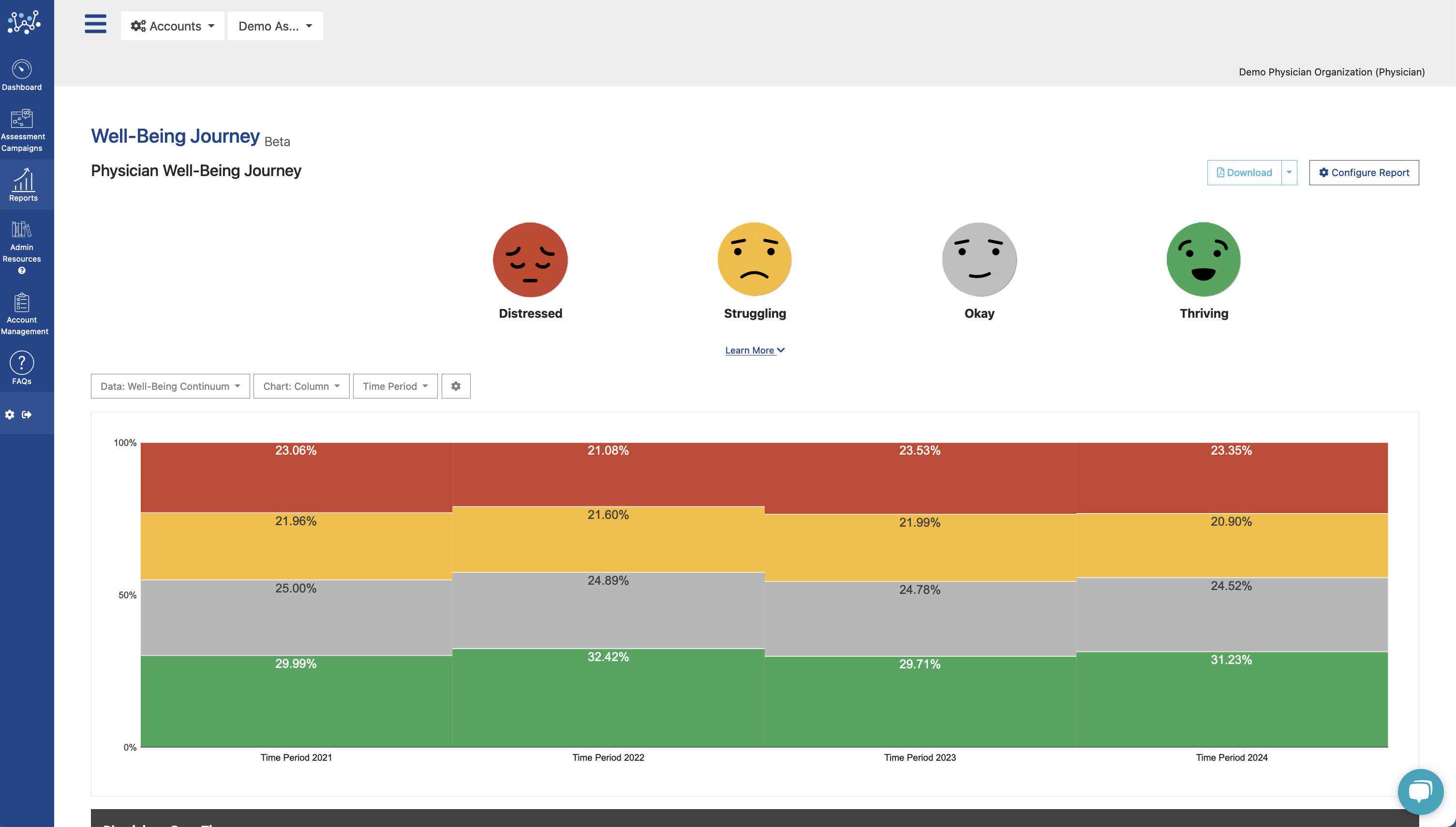More than half of physicians in the United States experience burnout, says a report produced by the Mayo Clinic in partnership with the American Medical Association. The study compared data from 2011 and 2014 and found the rate of physician burnout rose over that three-year period.
In 2011, 45 percent of physicians met the criteria for burnout, while in 2014, 54 percent of responding physicians showed at least one of the symptoms of burnout. Burnout rates were highest in emergency room physicians — the frontline of the most stressful situations taking place in a hospital — but the increase in burnout showed across all specialties.
The Impact of Physician Burnout
The Mayo Clinic/AMA study, and a Medscape lifestyle survey of physicians that reported similar findings, defined burnout as “loss of enthusiasm for work, feelings of cynicism, and a low sense of personal accomplishment.” Most notably, burnout is helped little, or sometimes not at all, by taking a break or time off. In other words, it’s much more serious than “just” feeling tired or exhausted.
This sort of burnout has consequences for everyone involved, of course, but the physicians themselves are the hardest hit of all. Dr. Pamela Wible, an activist for suicide prevention and creator of innovative clinic designs, reports that the equivalent of an entire medical school commits suicide every year.
[RELATED: Discover everything you need to know about physician burnout and improving well-being in your institution.]
Pinning Down the Cause of Burnout
Pinning down the single highest cause of physician burnout is challenging, with a number of experts weighing in on different contributing factors. Henry Anhalt, DO, suggests that it’s a combination of cost-cutting measures, increasing reliance on technology and the rapidly changing face of the doctor/patient relationship.
Dike Drummond, MD, who’s done more than 1,600 hours of one-on-one coaching with burned-out physicians, posits that it’s a combination of training and a high-stress work environment with limited control over the final outcome.
Jeffrey Walden, MD, writing for the American Academy of Family Physicians, suggests that not being able to provide the highest standard of care to patients, regardless of their circumstances, is an often-overlooked contributing factor. Others suggest that everything from high-pressure insurance companies to extra time dealing with electronic health records systems and an inability to turn off work after hours all contribute to that feeling of burnout.
Ultimately, it’s clear that no matter what provokes it or how it manifests, the number one cause of physician burnout is workplace stress. While patients often complain that modern-day medical practices aren’t set up to prioritize their best interests, it’s becoming increasingly obvious that these same practices aren’t prioritizing quality of well-being for physicians, either. And the further physicians get from the patient care and positive results that motivated most of them to enter medical practice in the first place, the harder it becomes for them to shed that stress.
Recognizing — and Solving — Physician Burnout
Often, medical practices don’t recognize physician burnout until it’s too late or rely on physicians to self-screen — and then self-treat — for burnout. Also, physicians may be reluctant to report burnout or ask for help, with some saying that “showing weakness” may even lead to job loss.
The good news is that tools like the Well-Being Index can help you track and identify burnout in your physicians and other medical staff before it affects their practice, patients or outside life. And once burnout is identified as a hazard, it can be fixed or even avoided using strategies and commitment.
As an ACGME-accredited self-assessment tool, the Well-Being Index has the capability to detect symptoms of stress and burnout in residents and fellows working towards becoming full-time physicians. It is crucial to unearth the causes of burnout and provide resources to physicians-in-training, due to the significant amount of stress that accompanies residency and fellowship. Moreover, identifying symptoms early in their careers can help to keep burnout levels at a minimum in residents and fellows.
If you are interested in learning more about how to monitor and track physician well-being, start today with free trial of the Well-Being Index. Get on track to improving physician burnout.







